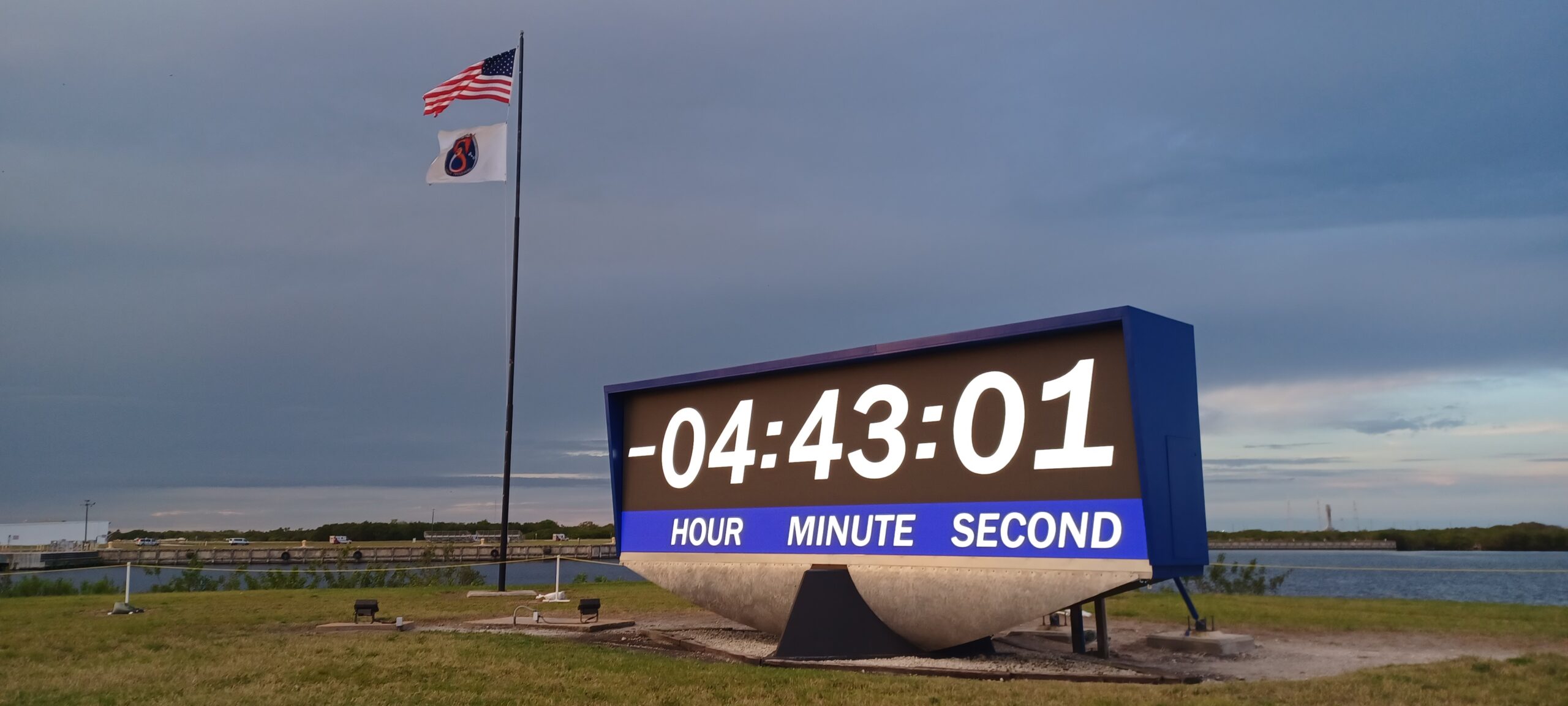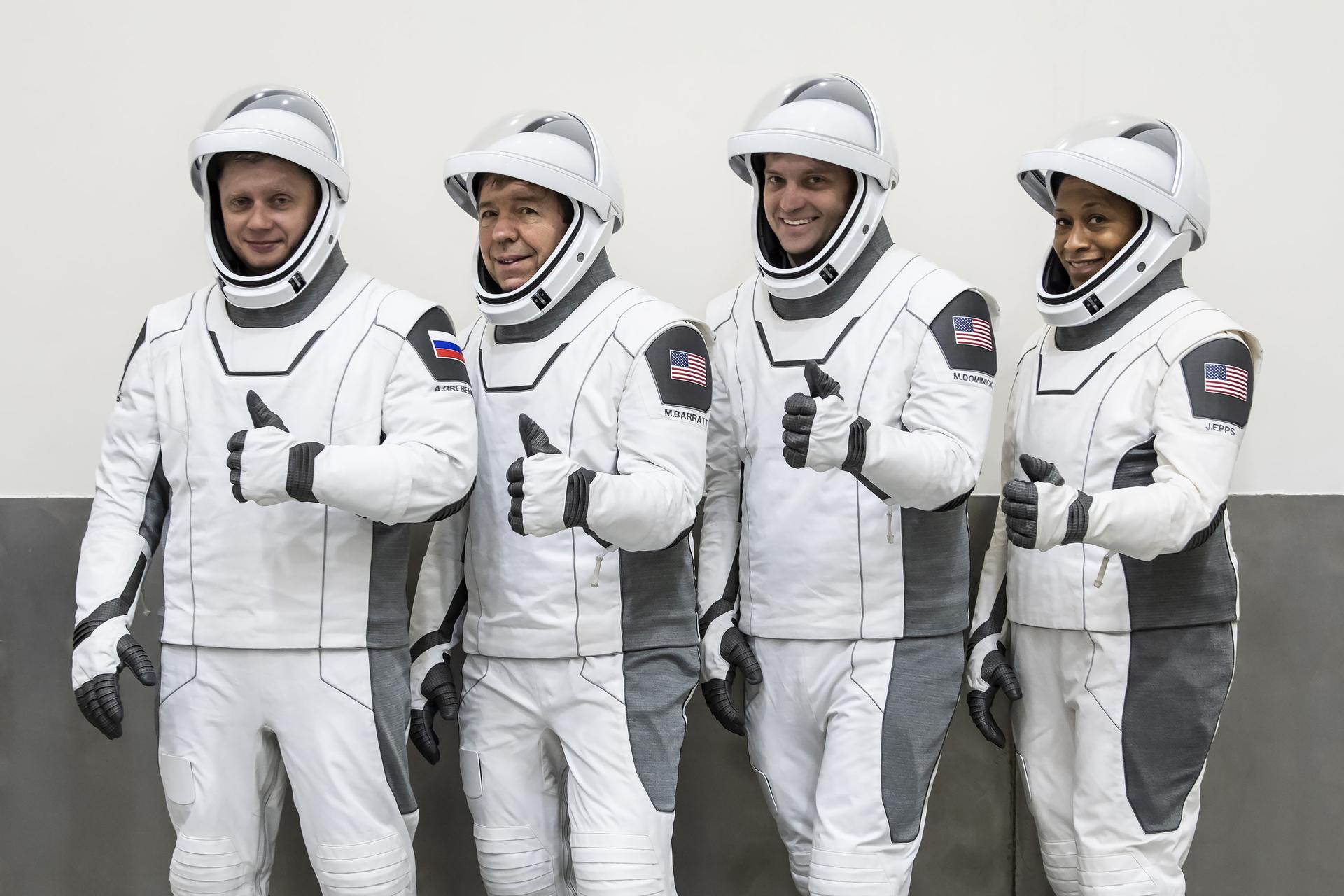
We’re just about four hours away from the launch of NASA’s SpaceX Crew-8 mission and weather continues to look great for launch, with the U.S. Space Force’s 45th Weather Squadron predicting an 75% chance of favorable weather conditions at launch.
NASA’s live coverage of the Crew-8 launch is airing now on NASA+, NASA Television, the NASA app, YouTube, and the agency’s website, and you can follow along on the mission blog, the commercial crew blog, X, and Facebook for continuous coverage of important Crew-8 launch activities.
Here’s a look at some of the key milestones and critical events leading up to tonight’s launch and occurring after liftoff. The SpaceX Falcon 9 rocket and Dragon spacecraft are scheduled to lift off at 10:53 p.m. EST from Kennedy Space Center’s historic Launch Complex 39A in Florida.
Time Event (All times approximate)
6:48 p.m. Crew handoff to SpaceX
6:53 p.m. Suit donning and checkouts
7:33 p.m. Crew walkout from Neil A. Armstrong Operations & Checkout Building
7:38 p.m. Crew transportation to Launch Complex 39A
7:58 p.m. Crew arrives at pad and ascends tower
8:18 p.m. Crew ingress
8:23 p.m. Communication check
8:24 p.m. Seat rotation
8:25 p.m. Suit leak checks
8:58 p.m. Hatch close
10:08 p.m. SpaceX Launch Director verifies go for propellant load
10:11 p.m. Crew access arm retracts
10:14 p.m. Dragon’s launch escape system is armed
10:18 p.m. RP-1 (rocket grade kerosene) loading begins
10:18 p.m. 1st stage LOX (liquid oxygen) loading begins
10:37 p.m. 2nd stage LOX loading begins
10:46 p.m. Falcon 9 begins engine chill prior to launch
10:48 p.m. Dragon transitions to internal power
10:52 p.m. Command flight computer to begin final prelaunch checks
10:52 p.m. Propellant tank pressurization to flight pressure begins
10:52 p.m. SpaceX Launch Director verifies go for launch
10:53 p.m. Falcon 9 liftoff
10:54 p.m. Max Q (moment of peak mechanical stress on the rocket)
10:55 p.m. 1st stage main engine cutoff (MECO)
10:55 p.m. 1st and 2nd stages separate
10:55 p.m. 2nd stage engine starts
10:56 p.m. Boostback Burn Starts
10:59 p.m. Boostback Burn Ends
10:59 p.m. 1st stage entry burn starts
11:00 p.m. 1st stage entry burn ends
11:00 p.m. 1st stage landing burn starts
11:00 p.m. 1st stage landing
11:02 p.m. 2nd stage engine cutoff (SECO-1)
11:05 p.m. Dragon separates from 2nd stage
11:06 p.m. Dragon nosecone open sequence begins








